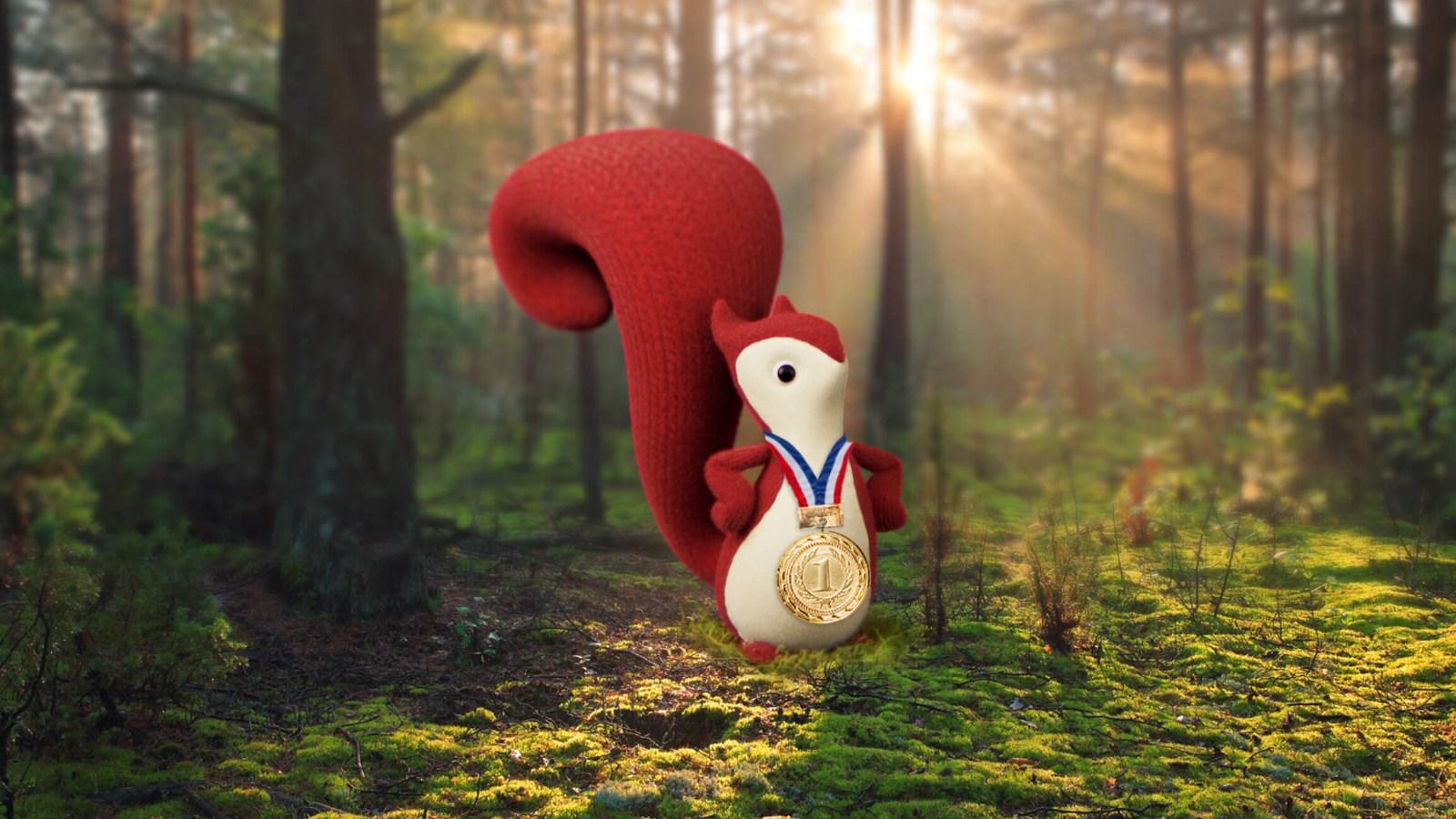“A key to our business model was driven by an offhand comment by a friend” exclaims Naomi Simson, founder and CEO of Sydney-based Red Balloon. It was a similar set of “customer clues” that drove a 60% increase in revenue for Roger Hardy’s Vancouver-based Coastal Contacts.
It’s these “Black Swan” moments that drive the success of your company – these few times-in-a-lifetime events when the entire fate of the company is changed forever. Your only hope is to up the odds of bumping into these moments and preparing yourself to recognize and act when they present themselves.
Turbulent Times
This requires a relentless pursuit of your market involving numerous direct conversations with your customers over a sustained period of time. It involves getting on more airplanes and on more phone calls than you’ve done since the launch of your business – especially during turbulent times.
And it involves stomaching what many perceive as a lot of wasted time and effort in conversations where you must endure a monotonous rehash of issues that risk boring you to tears. In short, you must suck it up and “stay in the game.” In previous columns I’ve implored top executives to formally talk to one customer each week, a critical routine easily jettisoned if the power of the black swan moment isn’t appreciated.
The wild upside
The term “Black Swan” comes from Nassim Nicholas Taleb. In short, Taleb drives home the point that the really important events in life and the marketplace are rare and unpredictable and what you must do is protect yourself from the downside while giving yourself a chance at the wild upside.
As an example of this need to stay in the game, Taleb points out that if you weren’t in the stock market during the last 50 years on ten particular days, you would have missed 50% of the upside. It’s those trying to time the market that normally get their heads handed to them as opposed to the buy and hold strategy of investors like Warren Buffett.
60 percent growth
Which brings me back to my two opening examples. Naomi Simson, a former corporate marketing executive for Apple, already understood the importance of listening to customers when she launched her business in 2001. So when a friend of hers made an off-hand comment that he loved her company’s website (Red Balloon is a gifting service which today offers over 1500 unique experiences across Australia) – and that he used it as a free directory for locating interesting experiences and then would book directly with her supplier, Naomi’s heart sank.
It was at that moment her business model was reformulated, resulting in what is called a “Pleasure Guarantee” – you pay no more booking through Red Balloon than you would if you went direct. And given the added convenience, service, packaging, and branding Red Balloon provides, it’s become a powerful value proposition which has driven phenomenal growth including over 60% in 2008.
Twenty customers
A similar epiphany came to the executive team of Coastal Contacts, a global provider of contact lenses. Using SurveyMonkey.com, they survey their customers instantly after a purchase and update the management team weekly on the scores. They have adopted Fred Reichheld’s Net Promoter Score (NPS) methodology which basically involves asking two questions: 1) would you recommend us to a friend?; and 2) if you didn’t rate the answer a 9 or 10 on a ten-point scale, may we give you a phone call?
The NPS score gives Hardy’s team an overall gauge if they are “wowing” their customers. From this data the executive team calls twenty customers each week which gives them insights and clues into how they can deliver what Hardy calls a “quantum leap value proposition.”
Measuring wow
Notes Hardy “the process of calling customers each week lets us see the patterns and trends of our market. And the clues customers give us – for instance, we realized overnight shipping was a big deal — so we started over-nighting everything and sales grew 60 percent in one of our markets.”
Hardy’s team has stuck to this weekly process of measuring “wow” and calling customers for over two years. And though there is a large amount of repetition in the feedback they receive and the stories they hear, they know they must keep at it relentlessly or they risk their competition picking up the clues and Black Swan moments before they do.
You have to stay in the game – and the game of business is constant, direct, firsthand interaction with your customers on a weekly basis. So pick up a phone right now and call a customer.
Verne Harnish (Growth Guy)








